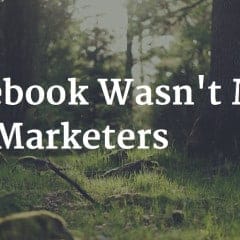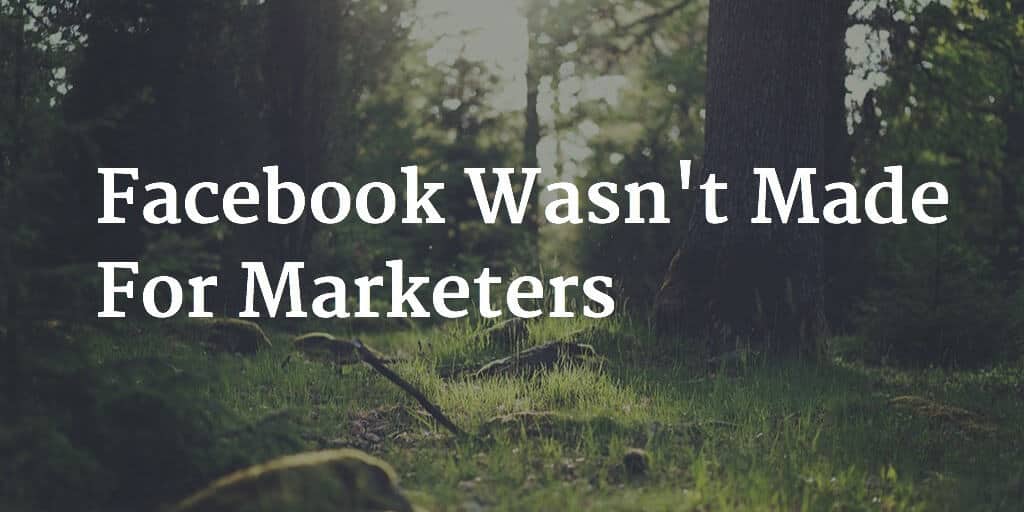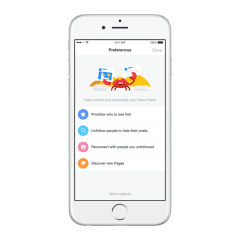Study: Here’s What People Engage With On Facebook

Engagement on Facebook is what makes the site run. It’s also what marketers strive for most. Through all the changes to the newsfeed and content distribution, engagement has continued to be the key in getting your content seen. The more people engage with it, the more people see it.
So how do you get the most engagement from your Facebook posts? Post the most engaging types of content, right? Here’s what they are.
Facebook Adds Reactions: What Marketers Need To Know
Last month, Mark Zuckerberg hosted a Q&A from Facebook headquarters. During the event, he commented on many members want to be able to react to posts with more than a simple ‘Like’. Zuck shared that Facebook is working on adding functionality to allow users to indicate a greater range of emotional connection with posts (most news sources incorrectly reported that Mark had said a ‘Dislike’ button was on the way; apparently they didn’t bother to listen to his comments as he never said this). And now it’s here.
Yesterday, Facebook announced that they’ve begun testing new Reactions. These Reactions, shown above, give users a better way to show how they really feel about a post. Now they can show the sadness a post about your poor health brings or how angry people that litter make them. They can also celebrate things they love seeing. No longer will they have to comment with, “I wish I could like this twice!” Instead, they can use the ‘Wow’ or ‘Love’ reactions.
As with all changes to Facebook, they will likely have an impact on digital marketers. Here’s what you need to know.
Facebook News Feed Update: Negative Feedback May Not Be Accurate
Facebook Insights offer a wealth of data about how your audience is receiving your Facebook page posts. While many social media marketers seem to only measure their post success in terms of likes, comments, shares, and clicks, Facebook offers so much more in the way of post analytics. You can view things like organic vs paid reach, video viewership and much more. There’s a wealth of data for those that want to dig into it (and you really should, as this data provides great insight into what your following likes and doesn’t care to see).
One of the metrics Facebook provides page owners is Negative Feedback. This metric is made up of 4 different actions combined into a single number. These actions are: Post Hides, Hides of All Posts, Reports of Spam, and Unlikes of Page. Each of these actions are seen as an indication of negative feelings towards your page posts and because of this poor sentiment, they can greatly decrease the overall reach of a post. The problem is, this Negative Feedback number isn’t totally accurate.
Facebook Wasn’t Made For Marketers
Changes to Facebook keep coming. The most recent change allows users to pick those they do and don’t want to see in their news feeds. Before that, they cut back on click-baiting. Balanced content from friends and Pages. All these changes have changed how marketers and users see Facebook.
While these changes certainly make for a better Facebook experience, many marketers see them in a very different light. Rather than being for the better, some believe they’ve been made simply to screw marketers and get them to open their pocket books. For those that believe these changes are targeted at marketers, it’s time to remember that Facebook isn’t about you.
Facebook Updates News Feed Controls. What Marketers Need To Know.
Today, Facebook announced they are giving users even more control of what they see in their news feeds. These new controls allow users to actively shape and improve their own Facebook experience. For marketers this could be good or bad. Here’s what has changed and what it’ll mean to you as a marketer.
What Facebook’s New Video Actions Mean To Marketers
This week Facebook made another announcement regarding changes to how they interpret engagement with video content on the site. While other recent changes took into account time spent on a story as a signal someone may have enjoyed a piece of content, this week’s update looks at how we interact with videos in the news feed and gathers insights from it. Here’s what you should know and how you can take advantage of it.











